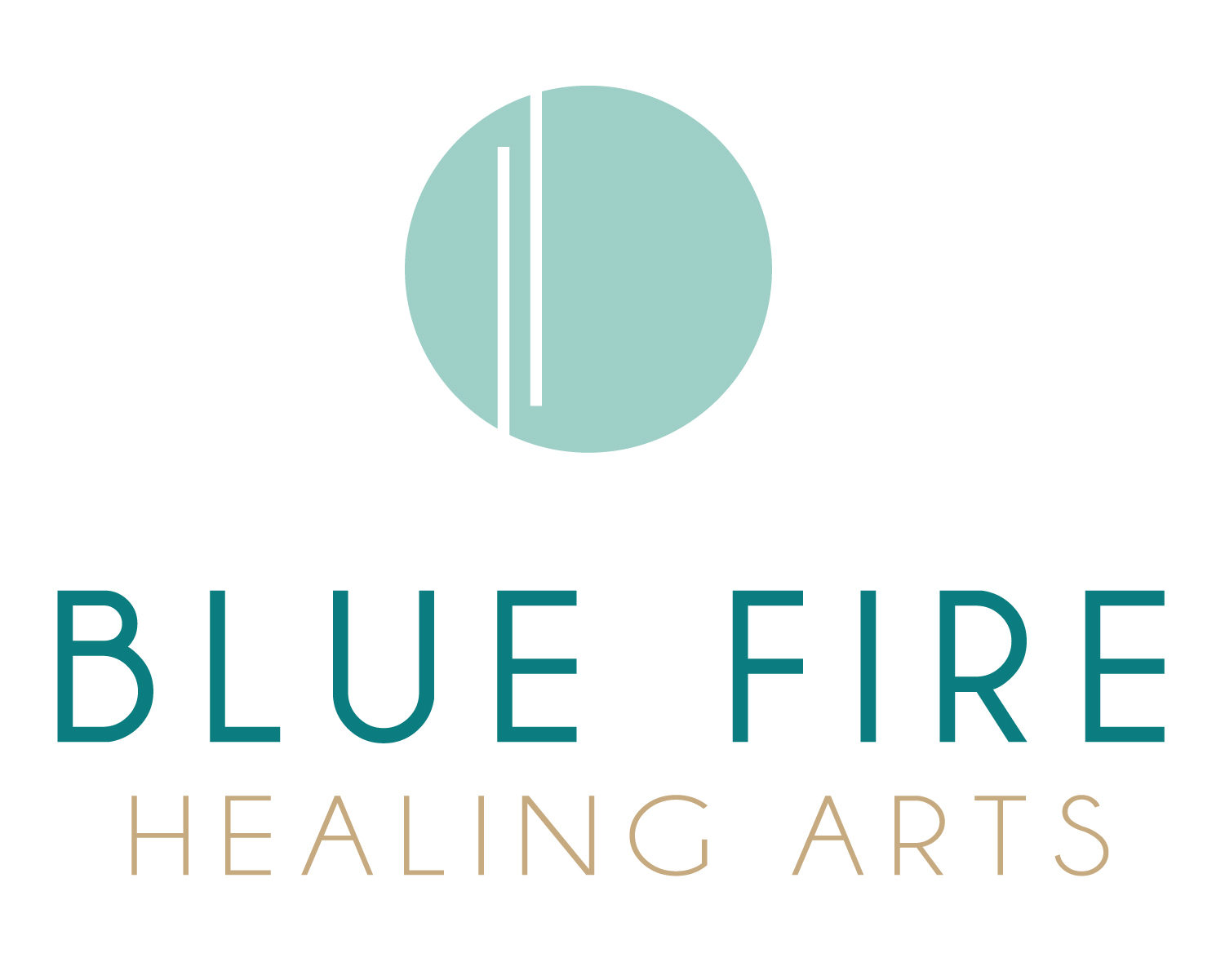Cupping is an ancient practice used almost universally in traditional healing arts. It is still practiced today in many forms of holistic medicine.
Cupping uses specialized glass or rubber cups to draw out congested fluids, blood, and localized toxins, making it very useful to resolve colds, flus, and other acute respiratory disorders. Acupuncturists apply cupping to treat acute colds based on the principle that a pathogenic factor such as Cold or Wind has penetrated the tissues causing stagnation, and therefore the achiness, fatigue and other symptoms.
Massage therapists and manual therapists can use cupping as a bodywork modality to provide relief from pain and tension by separating stuck muscle and connective-tissue layers. Cupping acts as a myofascial release technique and is an effective treatment for large areas of sore muscles. It is excellent in combination with massage to treat soreness and tension in the back, hips and legs.
As the cups draw congested fluids and toxins to the skin surface there is often a discoloration called “sha” that can look like a rash or a bruise. This is a normal part of the process of resolving stagnation in the muscles, and the sha typically fades in a few days.
Although cupping is an ancient technique there is some current research for its effectiveness including this article from the Mayo Clinic on cupping therapy for fibromyalgia.
The most traditional style of cupping is fire cupping which uses a simple glass cup that looks like a small fishbowl where a vacuum is created using a flame that is inserted briefly into the cup, the flame never contacts the client’s skin. Also commonly used are rubber or silicon cups with built-in suction. More info about styles of cupping here.
